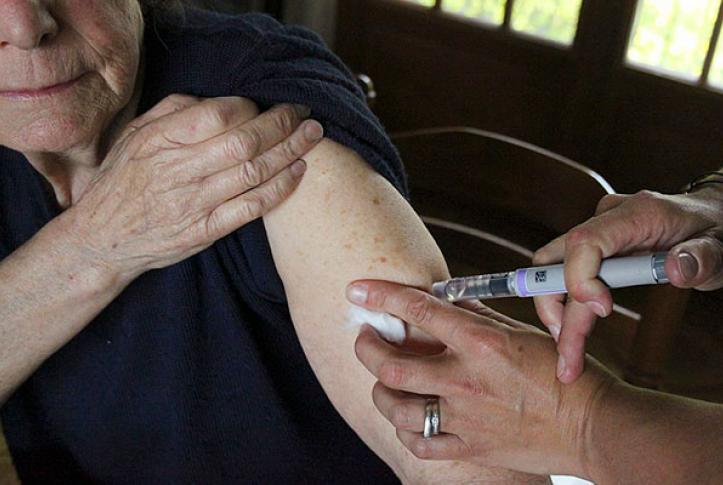The Issue
The rising cost of insulin has drawn the attention of policymakers. Recently introduced legislation — the Elijah E. Cummings Lower Drug Costs Now Act (H.R.3) and the Prescription Drug Pricing Reduction Act (S.2543) — aims to make prescription drugs like insulin more affordable for people insured by Medicare Part D plans. The bills would simplify the prescription drug benefit and create an annual out-of-pocket spending limit ($2,000 in H.R.3 and $3,100 in S.2543), while permitting plans to require coinsurance or copayments from patients.
Writing in the New England Journal of Medicine, with support from the Commonwealth Fund, researchers led by Vanderbilt University School of Medicine’s Stacie Dusetzina analyzed the impact of these bills on insulin affordability for people insured under Medicare Part D. The researchers used 2019 Medicare data on list prices and cost-sharing.
What the Study Found
- Most Part D plans offered today have three benefit phases. For insulin, they use flat copayments in the initial coverage phase, a 25 percent coinsurance in the coverage gap, and a 5 percent coinsurance in the catastrophic phase. The congressional proposals simplify the benefit by having only one phase and an out-of-pocket cap.
- The two congressional proposals would help people who require insulin and who are covered by Medicare Part D and have very high drug spending. But the impact on patients’ costs will depend on each Part D plan’s particular benefit design.
- Under the new proposals, if Part D plans require flat copayments until patients reach the out-of-pocket spending limit, insulin patients would save $589 from what they would expect to spend under a typical Part D plan today.
- If Part D plans were to require 25 percent coinsurance instead, insulin patients would pay $704 more than they currently do.
- Other proposals to impose monthly or per-fill caps on out-of-pocket payments for insulin would help many patients but would not limit overall drug spending. They also could disrupt the Part D marketplace if they require plans to cover all insulin products at the same out-of-pocket price, limiting plans’ ability to use formulary placement to negotiate for lower prices from manufacturers.
The Big Picture
Ensuring that patients have access to insulin products with low cost-sharing (like pens and vials) under Part D plans could increase affordability while providing flexibility for plan administrators. Policymakers also should make efforts to directly lower drug prices, including negotiating prices and limiting price increases.
The Bottom Line
Recently introduced bills in Congress would make insulin more affordable for Medicare Part D patients with very high drug spending. But results for other patients might be mixed, depending on their plan’s cost-sharing requirements.
